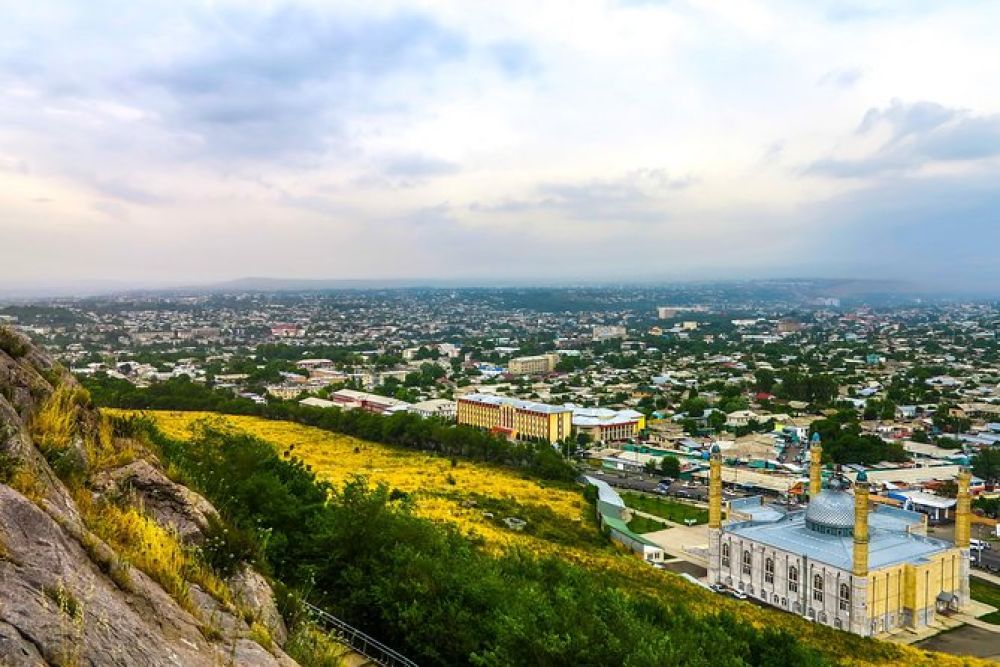

Kant, a small city in the Chuy Valley of Kyrgyzstan, might not have been at the forefront of the country's tourism industry, but its charm and potential are undeniable. Historically, Kyrgyzstan has been a crossroad of various cultures and empires, with the Silk Road passing through its heartland. However, it wasn't until the dissolution of the Soviet Union in 1991 that Kyrgyzstan became an independent country and slowly started developing its tourism sector, emphasizing its rich cultural heritage and stunning natural landscapes.
Kant Central Park plays a fundamental role in the social life of the local population and has gradually become a point of interest for the more adventurous and culture-focused traveler. Its establishment dates back to the Soviet era, serving as a communal space for leisure and festivities. While it may not have significant historic landmarks, the park is prized for its lush greenery, tranquil environment, and as a window into the everyday life of Kant's residents.
In recent years, Kyrgyzstan has seen an upsurge in eco-tourism and community-based tourism, which focuses on preserving the environment and improving the well-being of local communities. Travelers are now seeking more authentic experiences that Kant and its surroundings can provide. They come for homestays, local cuisine, and to connect with the natural beauty of the region, including the nearby Kyrgyz Ala-Too mountain range.
As tourism grows, Kant Central Park is also beginning to receive more attention as a place where visitors can enjoy picnics, walks, and observe local customs and celebrations, which often take place in the park. Its proximity to both the capital city of Bishkek and the untouched landscapes of Kyrgyzstan adds to its appeal for day-trippers and those looking to explore beyond the more beaten paths.
Looking ahead, Kant is well-positioned to benefit from Kyrgyzstan's developing tourism sector. With the national government promoting the country's natural and cultural assets, along with improvements in infrastructure and services, Kant is poised to become one of Kyrgyzstan's emerging tourist attractions. Initiatives are underway to create more structured tourism offerings that include the park as part of cultural and historical tours, highlighting, for example, local traditions, craft-making, and cuisine.
As international travelers increasingly seek sustainable and immersive travel experiences, Kant's authentic charm and the serenity of Central Park are likely to attract a growing number of visitors in the years to come. Efforts by local stakeholders to integrate tourism more deeply into the regional economy while maintaining sustainable practices ensure that the future of tourism in Kant is bright and promising.